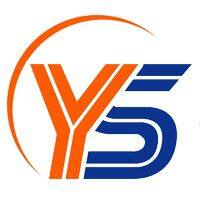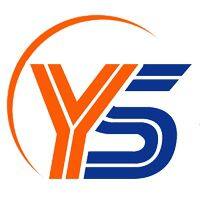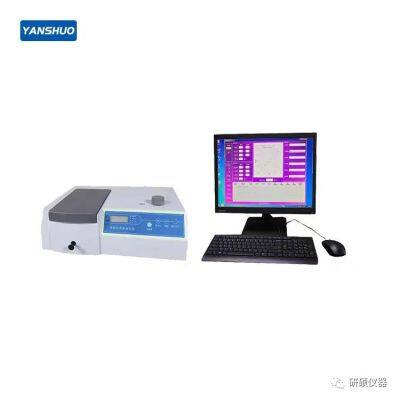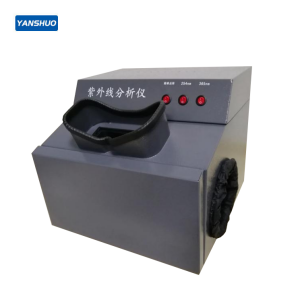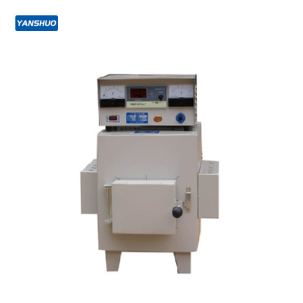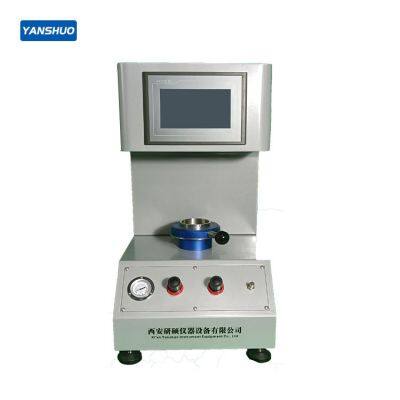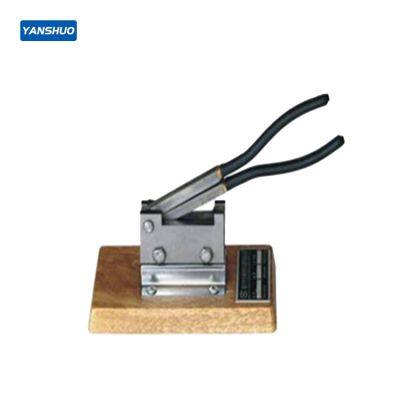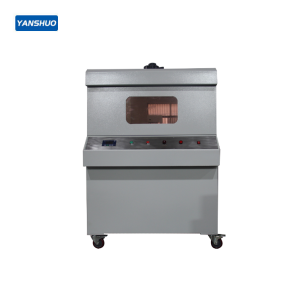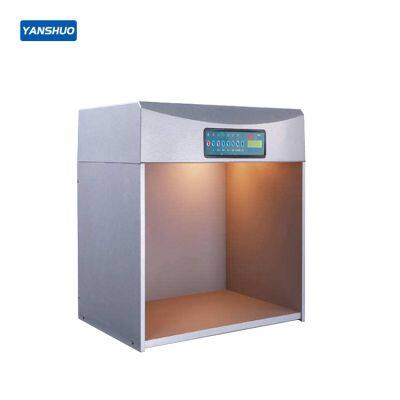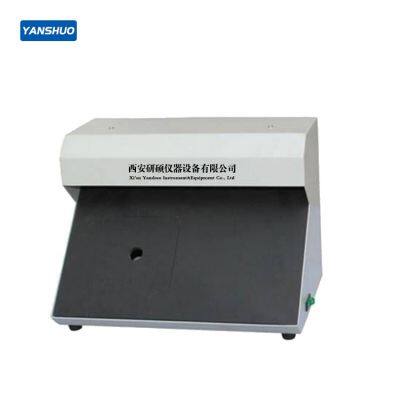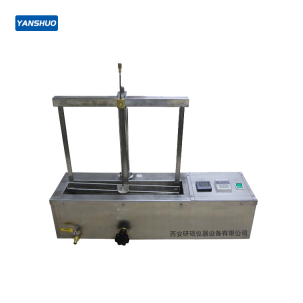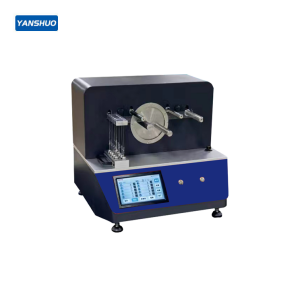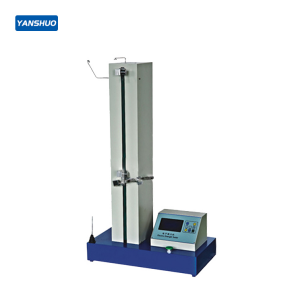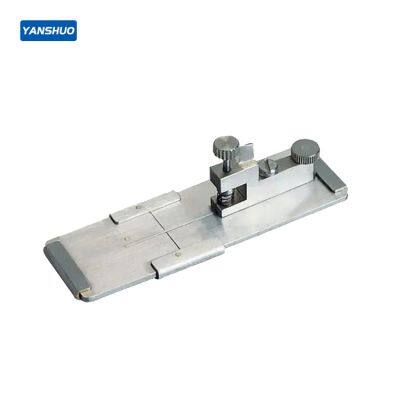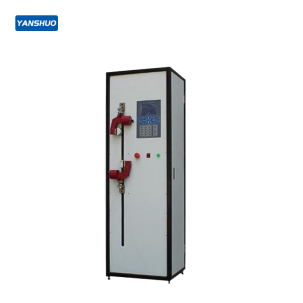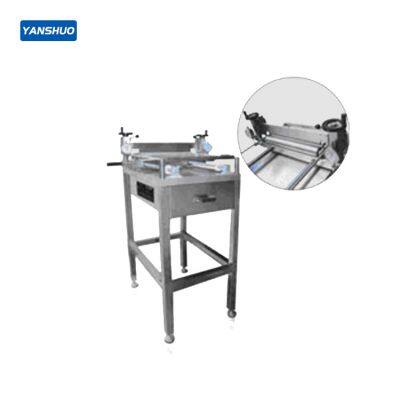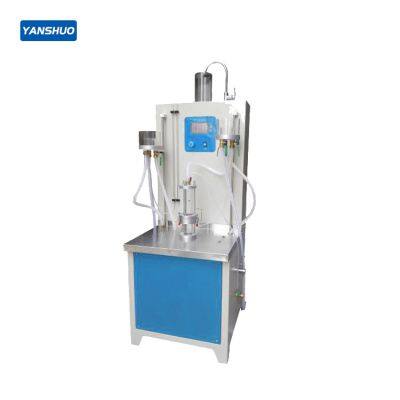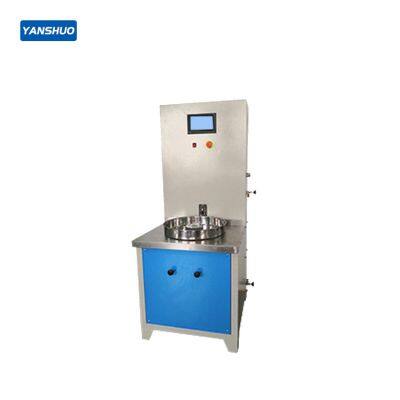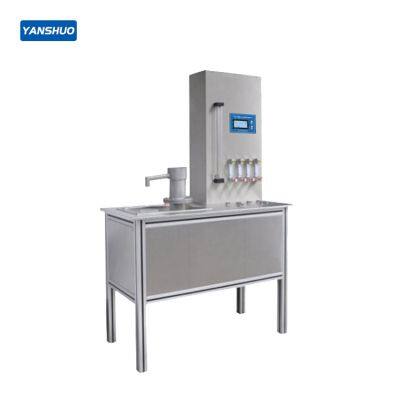A Practical Guide to Choosing an Electronic Tensile Tester as a Crucial Tool in Textile Quality Cont
1. Fixtures determine the fate of a project.
The success or failure of fabric testing hinges primarily on the fixtures. For flat fabric tensile testing, a rectangular pneumatic fixture with anti-slip serrations and cushioning pads is necessary to effectively prevent thin fabrics from tearing. For narrow-width woven tapes, a V-shaped groove anti-slip fixture should be used to prevent the tapes from slipping during testing. Elastic fabrics, on the other hand, rely on a Constant Rate of Elongation (CRE) control system to address the issue of slipping. The peel test also requires specialized fixtures—for Velcro, a 180° automatic alignment peel fixture should be used to ensure zero deviation in the peeling angle (a 1° angle error translates to a 15% data error); for coating fabrics, a T-shaped peel head with adjustable width is recommended. Remember: using generic fixtures for fabric testing can result in invalid data!
II. The concealed danger in the selection of measurement ranges
The range of force values in fabric testing is quite extensive: for thin fabrics, the tensile force often falls within the range of 2~200N, requiring a high-precision sensor with a capacity of 50N; for industrial canvas, the tearing force can reach up to 500~500N, necessitating a sensor with a capacity of 5kN; for the peeling of Velcro, the required force is only in the range of 0.5~30N; and for the compression of filling materials, the force is typically between 1~100N. There have been cases where several home textile manufacturers used sensors with a capacity of 5000N to test the tensile force of lace, resulting in an error of more than 40% for forces as low as 8N. Using a sensor with such a large range is akin to using a scale to weigh gold—the data will inevitably be distorted!
III. Software functionality determines success or failure
The powerful machine software must be deeply adapted to the characteristics of fabrics. Four key points are crucial: First, it should come with pre-installed test templates such as GB/T 3923.1 (tensile strength), ASTM D5034 (tearing), and EN ISO 13937 (tearing), allowing for one-click activation; Second, it should automatically mark the yield point, peak, and break-off point of elastic fabrics, precisely capturing the turning points in mechanics; Third, it should directly export a quality inspection report with force-elongation curve graphs, enabling comparison of data from multiple batches; Fourth, it should set warning thresholds automatically (e.g., red color for a tensile strength of less than 200 N). If the software cannot export raw data or conduct multiple batch comparisons, the efficiency of new product development will be halved!
IV. Witnessing the Power of Environmental Simulation
Laboratory data does not necessarily reflect real-world performance. For example, when testing the wet strength of cotton-linen blends, a water bath is required (differences in humidity can result in a loss of strength of over 30%); when validating high-temperature ironing performance, a 200°C hot chamber must be connected (the high-temperature shrinkage rate of polyester fabrics can change dramatically); and when testing cold resistance, a -40°C low-temperature chamber must be used (coated fabrics often become brittle and prone to cracking at low temperatures). A strong testing machine without a temperature and humidity module is akin to blind quality inspection—a mere 1°C temperature fluctuation in nylon fabrics can cause a 5% data drift!
V. A Powerful Tool for Boosting Efficiency
The cutting-edge textile factory has been equipped with three major efficiency-enhancing modules: an automatic sample delivery device has increased the number of test samples from 300 manually handled samples per 8-hour period to 1,200; barcode scanners enable automatic correlation of sample parameters; and a multi-station switching table supports the synchronized operation of tensile, peel, and compression tests on a single machine. These configurations are transforming the testing center from a cost department into a decision-support hub.
Recently Posted
-
Why do disposable diapers need to be tested with professional testing instruments?
August 23, 2025I. Limitations of subjective assessment1.1 Uncontrollable factors in manual testingTraditional manual testing methods have many limitations:Inconsistent testing conditions: The temperature, volume, and pouring speed of the liquid are difficult to standardize in each test.Subjective result judgment: Different personnel have different judgment criteria.Difficult to quantify data: It is impossible to provide precise numerical evRead More -
Domestic vs. Imported Electronic Tensile Testing Machines: Performance Comparison and Cost-Effective
August 22, 20251. Brand Comparison: Technological Heritage and Market LandscapeImported Brands: Examples include Instron, MTS, and Zwick/Roell, which have long dominated the high-end market with a rich history and deep technological heritage. Their products are known for high precision and stability, particularly excelling in fields such as aerospace and cutting-edge scientific research. However, prices are generally high, often two times oRead More -
From Beginner to Expert: Daily Calibration and Error Compensation Techniques for Electronic Universa
August 21, 2025I. Why is Calibration So Important? The Chain Reaction of Errors:A 0.5% force value error can lead to a >20% deviation in fatigue life prediction (ASTM E739 data).Case Study: A spring factory failed to calibrate promptly, resulting in a batch of products exceeding stiffness standards and incurring losses of ¥800,000.Mandatory Standards:ISO 7500-1 stipulates: Class 1 equipment requiresRead More -
Electronic Tensile Tester Selection Guide: 5 Easily Overlooked Key Parameters
August 20, 2025I. Range Selection: Bigger Isn't Always BetterGolden Ratio Principle:Routine test forces should fall within 10%-90% of the range (ASTM E4 requirement)Case: A testing lab purchased a 100kN machine for 5N wire tests, resulting in ±8% error (3x over-limit)Multi-Range Solutions:Test TypeRecommended RangeAccuracy RangeTextile fibers0.5-500N±0.5%Automotive wires1-10kN±0.8%Metal materials10-300kN±1.0%Smart Sensor Tech:Zwick RoelRead More

